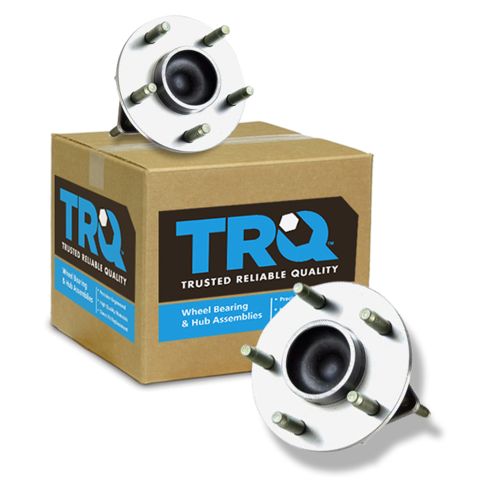1ASHS00341-Chevrolet HHR Malibu Pontiac G6 Rear Driver & Passenger Side 2 Piece Wheel Bearing & Hub Assembly Set TRQ BHA53484

Replaces
2007 Pontiac G6 without ABS Brakes Rear Driver & Passenger Side 2 Piece Wheel Bearing & Hub Assembly Set TRQ BHA53484

Product Reviews
Loading reviews
5.00/ 5.0
2
2 reviews
July 22, 2019
Fast and accurate parts at great price
Great quality!
December 5, 2022
Perfect fit.
Customer Q&A
Do they come with the bearings in the hub assembly?
May 12, 2019
10
This is a complete wheel bearing & hub assembly. The bearing is included.
May 12, 2019
Andra M
Pontiac is a registered trademark of General Motors Company. 1A Auto is not affiliated with or sponsored by Pontiac or General Motors Company.
See all trademarks.







